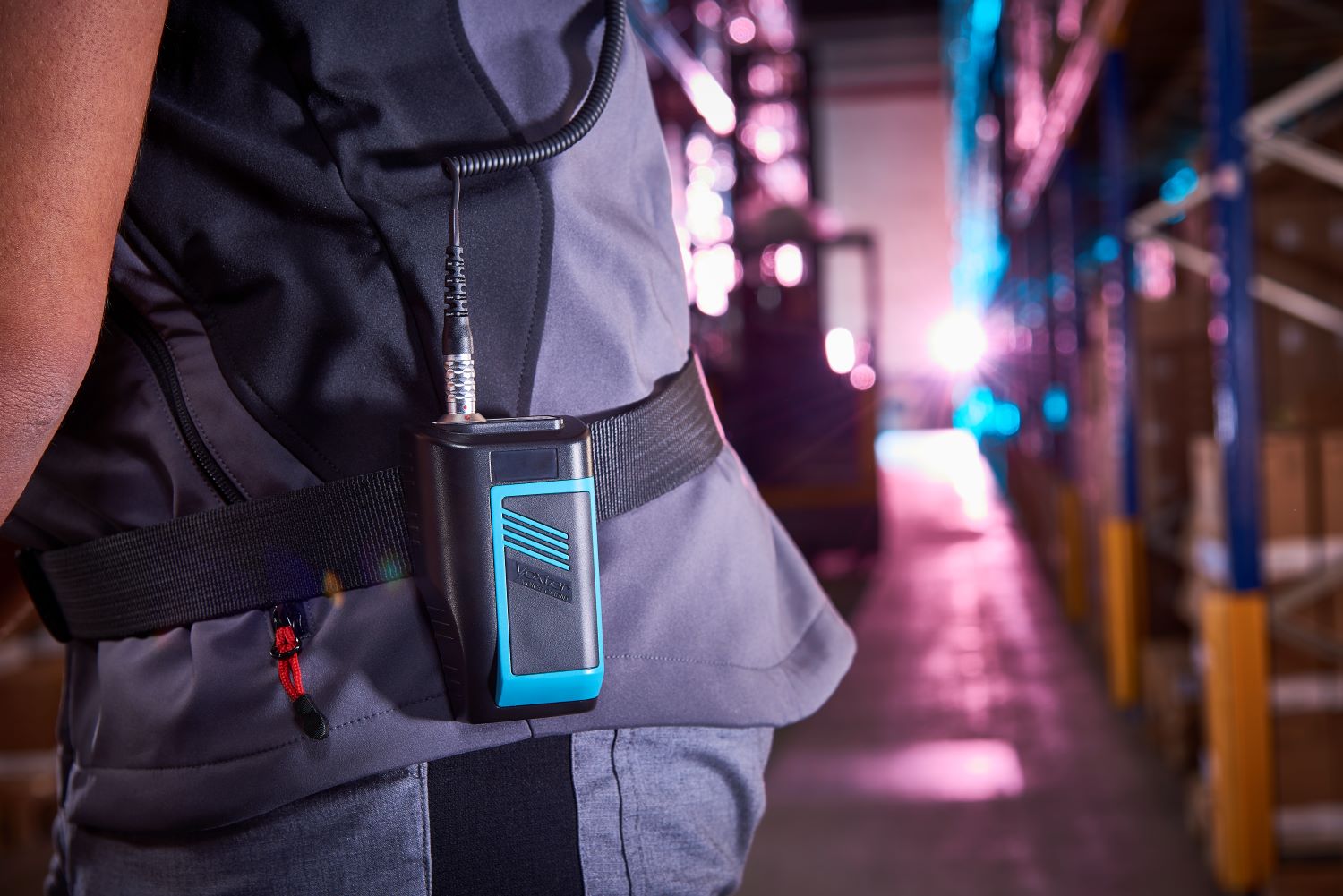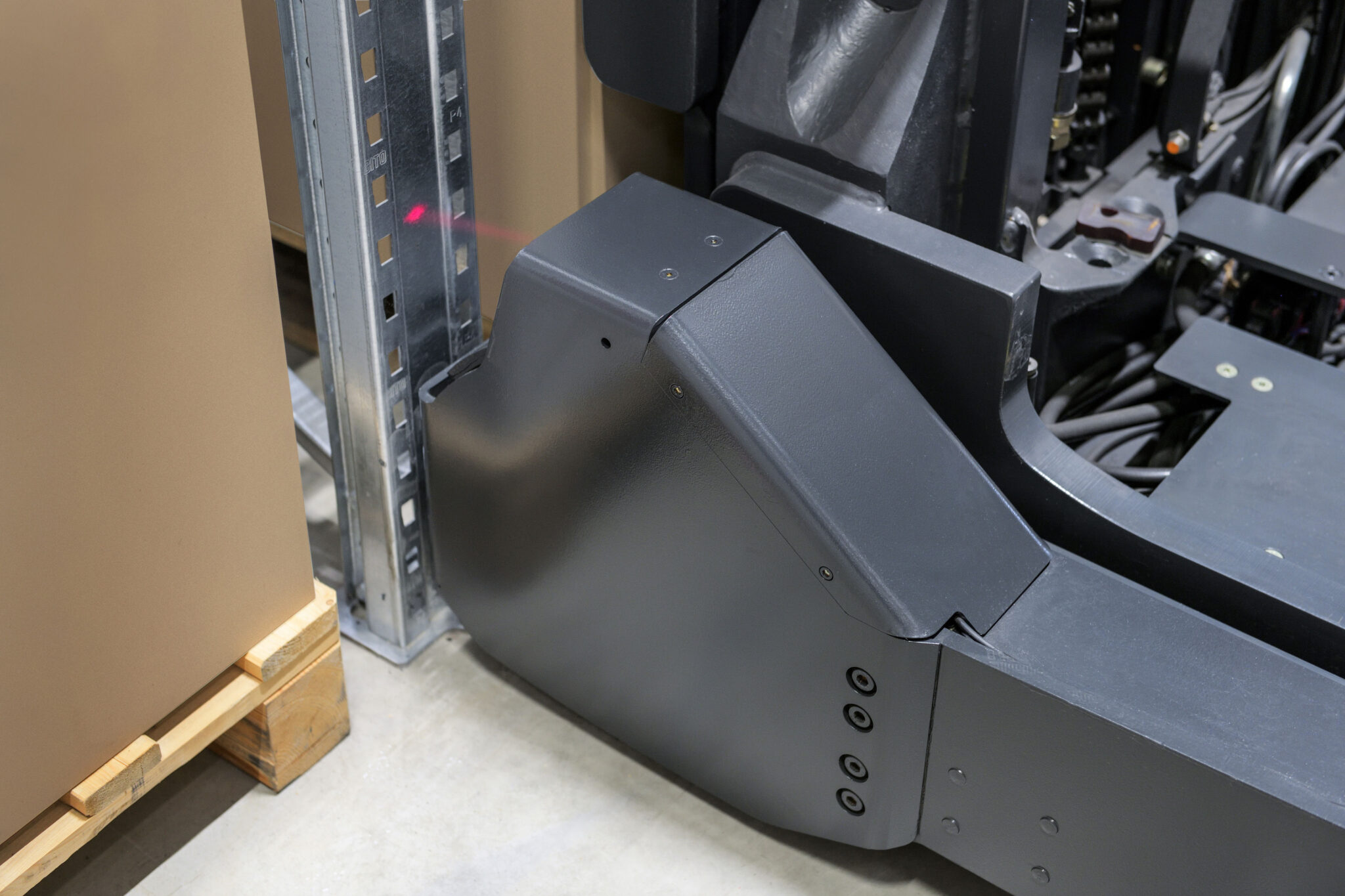Locus Robotics, a leader in autonomous mobile robots (AMR) for fulfilment warehouses, has announced $150 million in Series E funding, led by Tiger Global Management and BOND. The round builds on support from existing investors including Scale Venture Partners and Prologis Ventures, the venture capital arm of Prologis, the global leader in logistics real estate.
“This new round of funding marks an important inflection point for Locus Robotics,” said Rick Faulk, CEO of Locus Robotics. “Warehouses facing ongoing labour shortages and exploding volumes, are looking for flexible, intelligent automation to improve productivity and grow their operations. Locus is uniquely positioned to drive digital transformation in this enormous global market.”
Locus will use the new investment to further expand its market opportunities around the globe and support ongoing research and development (R&D) to grow and enhance its award-winning, innovative warehouse technology solution.
“Locus’s innovative mix of proven technology, flexible design, and seamless scalability makes it an ideal choice to lead the digital transformation of the warehouse,” said Griffin Schroeder, Partner at Tiger Global. “Facing rapidly growing ecommerce volumes, rising labour costs, and increasingly demanding customers, warehouse operators are seeking an automation solution that is flexible, scalable, and just works.”
“The Locus solution unlocks substantial productivity gains, while significantly lowering expenses, improving employee morale, and providing customers with unmatched visibility into warehouse operations,” said Jay Simons, a general partner at BOND. “The platform is powerful enough to meet – and exceed – warehouse operators’ needs today, tomorrow, and in the months and years to come.”
In a market of more than 20 billion square feet of warehouse space worldwide, and rising ecommerce volume, Locus helps operators effectively meet the industry’s growing demand, while seamlessly managing today’s often unpredictable volume shifts. Locus currently serves more than 40 customers and 80 warehouses around the world with its industry-leading solution. LocusBots have picked more than 300 million units, including 70 million units during the recent holiday season.
“The logistics industry is facing huge challenges as it struggles to cope with rapid increases in demand, and at the same time severe labour shortages,” said Ash Sharma, Managing Director at Interact Analysis, a market research firm covering the intelligent automation sector. “Warehouses are massively under-penetrated today, but increasingly operators are seeing the huge benefits that warehouse robotics such as the Locus solution can bring. As a result, we expect that over a million warehouse robots will be installed over the next four years and the number of warehouses using them will grow ten-fold.”
Locus’s proven, innovative, multi-bot solution for warehouse fulfilment incorporates collaborative, autonomous mobile robots that significantly improve productivity and deliver powerful, actionable business intelligence. Locus’s strategic partnerships with industry-leading warehouse software companies leverage a powerful synergy that speeds systems integration and deployment.
“As businesses increasingly look for ways to deliver productivity and operational efficiencies into their supply chain, it has become critical that providers deliver on the promise of speed and reliability in their technology deployments,” said John Santagate, VP of Robotics at Körber Supply Chain. “Through our strategic partnership with Locus Robotics, we continue to collaborate and innovate in order to deliver rapid results by driving down the time it takes from decision to use of Locus Robots in the warehouse.”
Locus customers worldwide include CEVA Logistics, DHL, Material Bank, Boots UK, GEODIS, Port Logistics Group, Verst Logistics, Radial, and others, who are doubling or tripling their fulfilment productivity with near-100% accuracy, while saving on operating expenses, and enhancing employee morale and safety.
“Our users and partners depend on Material Bank, so we have to execute to perfection. Locus is flexible and powerful enough to deploy quickly in both our existing logistics facility as well as in our new, expanded location,” said Adam Sandow, Founder and CEO of Material Bank. “Their innovative technology has helped us support increased demand, easily scaling for growth and delivering a fast ROI.”
“The decision to add Locus to our ecommerce fulfilment operations has proven to be an ideal choice as we have seen efficiency gains and productivity gains,” said Branden McCauley, Engineering Project Manager at Radial. “The ease of use and associate support attributed to our ability to seamlessly scale up operations to meet the explosion of ecommerce volume over the past year, especially during peak times, without needing to change our workflows or adding labour costs.”
Locus’s powerful business intelligence helps customers manage their business operations in real time. Accessible from anywhere, managers can review a wide range of dashboards using their phones or laptops, while employees can monitor performance on displays right on the warehouse floor.
Locus’s patented, proprietary software and intuitive user interface seamlessly integrate into both existing and new warehouse environments improving the efficiency of both inbound (“putaway”) and outbound (“picking”) fulfilment. Locus robots can be configured to carry a wide variety of items. Patented technology automatically recognises workers, and the robot’s large screen displays information in the worker’s preferred language, facilitating greater productivity and reduced error rates. Locus’s innovative “Gamification” feature displays individual performance statistics to help motivate workers to greater achievement. The Locus solution includes real-time analytics, dashboards, and reporting to customers to maximise productivity and support continuous improvement in the warehouse.
In the UK, Locus Robotics announced last year a strategic partnership with Balloon One, a London-based provider of software and supply chain applications for distribution, manufacturing and e-commerce companies.







